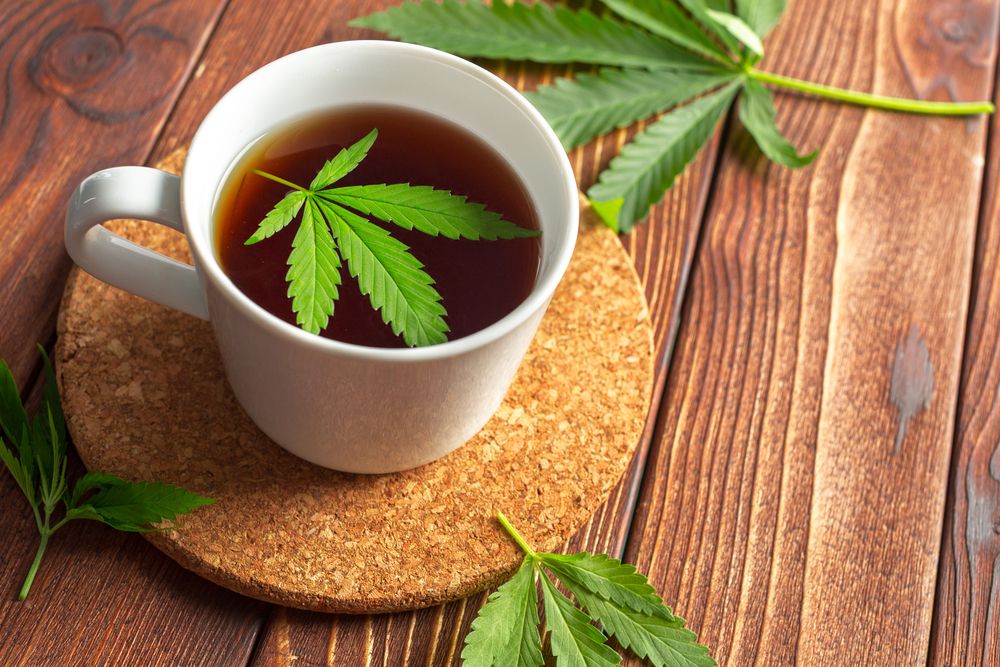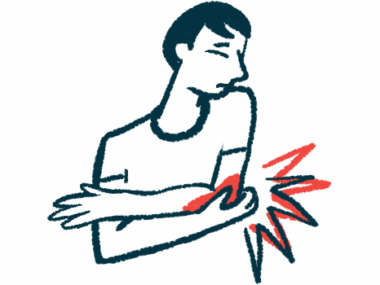Cannabinoids Ease EB Pain and Itchiness, Patients Say in Survey
Written by |

Cannabinoid medications, those derived from cannabis, improve overall well-being and ease perceptions of pain and itchiness, more than 90% of epidermolysis bullosa (EB) patients who responded to a global survey reported.
About 80% also reported taking fewer opioids, or stopping opioid use, to help with disease symptoms after starting on cannabinoids.
The study based on this survey, “Cannabinoid use and effects in patients with epidermolysis bullosa: an international cross-sectional survey study,” was published in the Orphanet Journal of Rare Diseases.
Chronic pain and itchiness significantly affect quality of life in EB patients, with the study calling both “two of the top three unmet needs” in disease treatments. Recently, cannabinoid-based medicines (CBMs) have received attention as potential treatments for EB.
Cannabinoids are compounds that take part in functions associated with pain and itch perception by binding to specific receptors found throughout the nervous and immune system, as well as the skin. Delta9-tetrahydrocannabinol (THC) and cannabidiol (CBD) are two of the most studied and abundant cannabinoids, although more than 100 of these molecules have been identified.
CBMs are reported to help manage patients’ pain in several disorders, such as multiple sclerosis and sickle cell disease. But their effectiveness in itchiness is not well known, and the benefits and risks of cannabinoids in the context of EB, and other diseases, need further study.
Researchers in the Netherlands and the U.S. conducted an anonymous online survey on CBM use, open to English-speaking EB patients worldwide of all ages and inherited EB types. Caregivers were allowed to complete the survey on behalf of a patient.
A link to the survey was shared on social media groups, and among nonprofit organizations associated with EB, webpages and newsletters. It collected self-reported information that included cannabinoid-based medicine use and its effects on EB symptoms.
The team used the Wong-Baker FACES scale, which ranges from zero (no pain) to 10 (worst pain possible), to rate pain levels. A five-point Likert scale, where patients select an option that best matches their view — from strongly agree to strongly disagree — was used to determine changes in EB symptoms.
A total of 71 survey responses were analyzed. Most respondents were from North America (87.3%), but patients on five continents returned surveys. The majority were 18 or older (63.4%), had recessive dystrophic epidermolysis bullosa (RDEB, 52.1%), and reported moderate to very severe EB symptoms (81.7%).
A large number of patients were currently using CBMs (87.3%) compared with those who had stopped. Among the factors that led participants to discontinue CBM use were high price, finding a better treatment, and CBMs illegal status. The median monthly costs for CBMs was $75.
“A downside to the burgeoning market of CBM products is the expense, especially in a population already significantly impacted by the financial burden of caring for their disease,” the scientists wrote. “Notably, some participants in the United States reported that they started using CBMs due to difficulties in obtaining conventional allopathic medications, either due to price, lack of insurance coverage, or difficulty obtaining prescriptions (often narcotics).”
CMBs as oils or pastes, dried flowers, or infused or cooked it into foods were the most common forms used, with typical routes of administration being topical and ingestion (60% each; most used at least two different routes).
Most CBM products used contained both THC and CBD (34.7%), and two-thirds of participants (66.7%) took CBMs at least once a day.
Results also showed that 24% of CBMs were prescribed, with 73.7% of patients stating that their doctors knew they were using these medications. Almost half of the patients obtained CBMs from dispensaries (47%), and 28.8% did so through social connections.
Participants reported feeling significantly less pain and itchy skin after CBM use, with both pain and itchiness scores dropped by a median of three points after CBM use. No differences were found between the types of EB or disease severity in relation to changes in pain and itchiness scores.
According to patients, CBMs lessened background pain (95.1%), movement pain (90.5%), wound pain (84.8%), and pain during dressing changes (83.3%). Its use also helped to ease itchiness (95.3%), as well as shooting (86.1%), stabbing (88.6%) and burning (83.3%) sensations of pain. A vast majority (95.8%) reported benefits in overall symptoms, while smaller majorities also reported experiencing less skin inflammation (72.3%) and better wound healing (60.4%).
Most respondents also reported using lesser or no pain/itchiness medications after starting with CBMs, with 80% reporting stopping or lowering their reliance on opioids, and 78.3% doing the same for over-the-counter pain medications.
A lesser reliance on wheelchairs to aid in movement was reported by 56% of respondents, noting in the survey “both improved energy levels and ability to move around,” the researchers wrote.
Overall well-being was also improved with CBMs, particularly the ability to relax, having a better overall mood and less anxiety.
The most common side effects from CBM were dry mouth (44%), cough/wheezing (29%), and dry/red eyes (27%). One respondent reported a worsening in EB symptoms, including itchiness and pain, and in wound infections after starting cannabinoid treatments.
“CBMs improve the perception of pain, pruritus [itchy skin], wound healing, and well-being in EB patients and reduced concomitant medication use,” the researchers concluded.
“Nevertheless, a direct relation between the use of CBMs and reduction of the above-mentioned symptoms cannot be proven by these data. Therefore, future controlled studies using pharmaceutically standardized CBM preparations in EB are warranted to delineate the risks and benefits of CBMs,” they added.
Study limitations included a small number of responses from countries outside North America, and an inability to assess how route of administration contributed to the perceived efficacy of CBMs.





